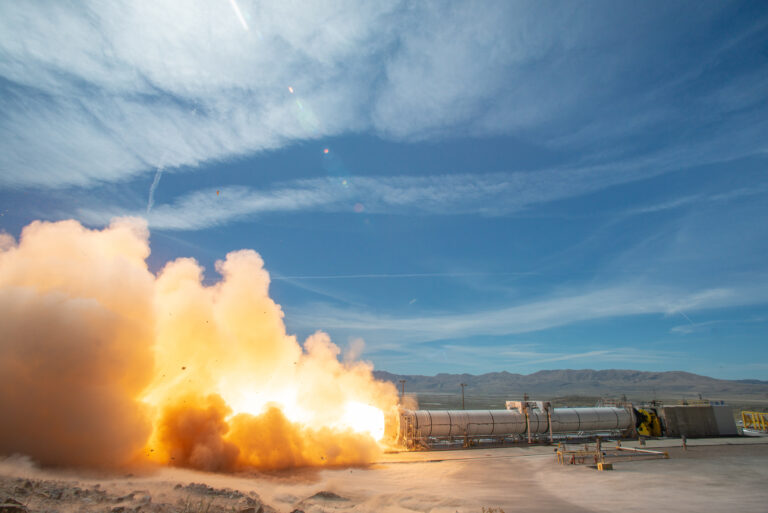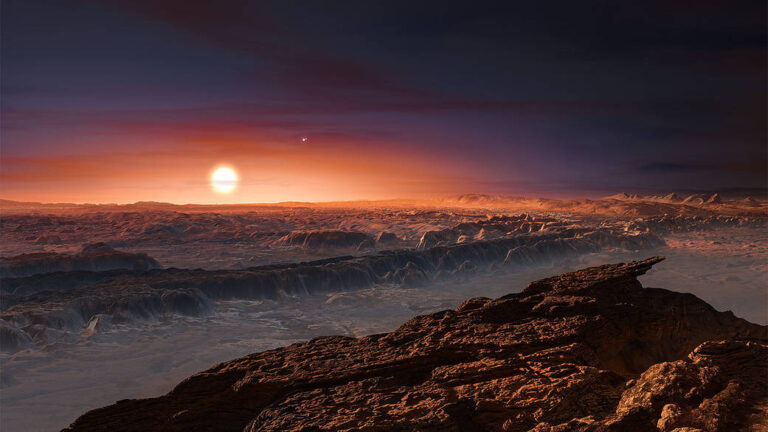未来太空发射系统飞行的助推器测试
The first solid rocket booster test for Space Launch System (SLS) missions beyond Artemis III is seen here during a two-minute hot fire test, Wednesday, September 2, 2020, at the T-97 Northrop Grumman test facility in Promontory, Utah. The flight support booster is structurally identical to each of the five-segment solid rocket boosters on the SLS rocket and produce more than 75 percent of the rocket’s thrust capability. The flight support booster test builds on prior tests and will allow NASA and Northrop Grumman, the SLS booster lead contractor, to evaluate the motor’s performance using potential new materials and processes for future booster performance. NASA is working to land the first woman and next man on the Moon by 2024. The SLS rocket, Orion spacecraft,…










